1 Introduction
1.1 Software Installation
1.1.1 PcModWin Installation
1.2 Sample Checkout Run
2 PcModWin Overview
2.1 PcModWin Components
2.2 End-to-end MODTRAN Run
2.3 Using the PcModWin Main Program
2.3.1 PcModWin File menu
2.3.1.1 File | Open
2.3.1.2 File | Save
2.3.1.3 File | Save As
2.3.1.3 File | Copy
2.3.1.4 File | Edit File
2.3.1.5 File | Print Plot
2.3.1.6 File | Exit
2.3.2 Edit Menu
2.3.2.1 Edit | Edit Plot
2.3.2.2 Edit | Edit File
2.3.2.3 Edit | Edit Run (Batch Mode Operation)
2.3.2.4 Edit | Delete Run (Batch Mode Operation)
2.3.2.5 Edit | Append New Run (Batch Mode Operation)
2.3.3 Modtran Input Menu
2.3.3.1 Modtran Input | Open
2.3.3.2 Modtran Input | Save As
2.3.3.3 Modtran Input | Input screen entries
2.3.4 NOVAM Input Menu
2.3.4.1 NOVAM Input | Open NOVAM Param
2.3.4.2 NOVAM Input | Save NOVAM Param
2.3.4.3 NOVAM Input | NOVAM Parameters
2.3.4.4 NOVAM Input | NOVAM Table
2.3.4.5 NOVAM Input | Run NOVAM
2.3.4.6 NOVAM Input | Plot NOVAM Output
2.3.5 Filter Menu
2.3.5.1 Filter | Open
2.3.5.2 Filter | Save
2.3.5.3 Filter | Screen 1
2.3.5.4 Filter | Screen 2
2.3.5.5 Filter | Run Filter
2.3.6 Scan Menu
2.3.6.1 Scan | Open
2.3.6.2 Scan | Save
2.3.6.3 Scan | Screen 1
2.3.6.4 Scan | Run Scan
2.3.7 Run Model Menu
2.3.7.1 Run Model | Run MODTRAN
2.3.8 Plot Menu
2.3.8.1 Plot | Database
2.3.8.2 Plot | Interactive
2.3.8.3 Plot | Multiple Files
2.3.8.4 Plot | Difference Plot
2.3.8.5 Plot | Plot Spec Flux
2.3.8.6 Plot | Edit Plot
2.3.9 Window Menu
2.3.9.1 Window | Cascade
2.3.9.2 Window | Tile
2.3.9.3 Window | Close All
2.3.9.4 Window | Arrange
2.3.10 Help Menu
2.3.10.1 Help | Contents
2.3.10.2 Help | Manual
2.3.10.3 Help | Documentation
2.3.10.4 Help | About
3 MODTRAN Overview
3.1 Path Geometry
3.2 Aerosol Models
3.3 Model Atmospheres
3.4 LOWTRAN7
3.5 Upgrades in MODTRAN 3.7 and 4.0
3.6 Electronic MODTRAN Documentation
4 MODTRAN Inputs
4.1 MODTRAN Input Screens
4.2 Using the Input Interface
4.3 Individual Model Inputs
4.3.1 Screen “Model Atmosphere”
4.3.1.1 Calculation Option
4.3.1.2 Correlation-K Speed
4.3.1.3 Model Atmosphere
4.3.1.4 Type of Atmospheric Path
4.3.1.5 Mode of Execution
4.3.1.6 Execute with Multiple Scattering
4.3.1.7 Temperature and Pressure Altitude Profile
4.3.1.8 Water Vapor Altitude Profile
4.3.1.9 Ozone Altitude Profile
4.3.1.10 Methane Altitude Profile
4.3.1.11 Nitrous Oxide Altitude Profile
4.3.1.12 Carbon Monoxide Altitude Profile
4.3.1.13 Other Gases Altitude Profile
4.3.1.14 Output File Options
4.3.2 Screen “Atmospheric Column Parameters and Files (1A)”
4.3.2.1 Water Vapor Column Choices
4.3.2.2 Water Column
4.3.2.3 Column Scaling Factor
4.3.2.4 Ozone Column Parameter
4.3.2.5 Ozone Column
4.3.2.6 Column Scaling Factor
4.3.2.7 Use Default Band Model
4.3.2.8 Band Model File Name
4.3.2.9 Use Instrument Filter File
4.3.2.10 Instrument Filter File Name
4.3.2.11 CO2 Mixing Ratio
4.3.3 Screen “Multiple Scattering”
4.3.3.1 Scattering Algorithm
4.3.3.2 Number of Streams
4.3.3.3 DISORT Azimuthal Dependence
4.3.4 Screen “Surface at Start of Path”
4.3.4.1 Temperature at First Boundary
4.3.4.2 Surface Albedo Flag
4.3.4.3 Surface Albedo (.000 - Blackbody)
4.3.5 Screen “Solar Irradiance”
4.3.5.1 Solar Irradiance Source
4.3.5.2 Top of Atmosphere Parameters
4.3.5.3 Scalar Factor
4.3.5.4 Solar Constant
4.3.5.5 Triangular Filter Width
4.3.5.6 Modify Solar Database
4.3.5.7 Solar Database Option
4.3.5.8 User Supplied File
4.3.6 Screen “Aerosols”
4.3.6.1 Aerosol Model Used
4.3.6.2 Seasonal Modifications to Aerosols
4.3.6.3 Upper Atmosphere Aerosols (30 - 100 km)
4.3.6.4 Air Mass Character for Navy Maritime Aerosol
4.3.6.5 Use Cloud / Rain Aerosol Extension
4.3.6.6 Use Army (VSA) for Aerosol Extensions
4.3.6.7 Surface Range for Boundary Layer
4.3.6.8 Wind Speed - Navy Maritime Aerosol (m/s)
4.3.6.9 24 - hr Average Wind Speed - Navy Maritime (m/s)
4.3.6.10 Rain Rate (mm/hr)
4.3.6.11 Ground Altitude Above Sea Level
4.3.6.12 Use A+ card
4.3.6.13 Use NOVAM Output
4.3.6.14 User Supplied Spectra
4.3.7 Screen “Card A+ Aerosol Layers”
4.3.7.1 Bottoms A1+
4.3.7.2 Tops A1+
4.3.7.3 Scales
4.3.7.4 Layer Type
4.3.7.5 Aerosol Region x
4.3.8 Screen “Cirrus Cloud”
4.3.8.1 Cirrus Thickness (km)
4.3.8.2 Cirrus Base Altitude (km)
4.3.8.3 Extinction Coefficient
4.3.8.4 Random Number Initialization
4.3.9 Cloud Properties
4.3.9.1 Cloud Thickness
4.3.9.2 Cloud Base Altitude
4.3.9.3 Extinction Coefficient
4.3.9.4 Number of Layer Boundary Altitudes
4.3.9.5 Number of Spectral Data Points
4.3.9.6 Reference Wavelength
4.3.9.7 Liquid Water Droplet Column Density
4.3.9.8 Ice Particle Column Density
4.3.9.9 Relative Humidity at all Boundary Layers
4.3.9.10 Liquid Water Henyey-Greenstein Phase Function
4.3.9.11 Ice Particle Henyey-Greenstein Phase Function
4.3.10 Screen “User Supplied Cloud and Rain Profile”
4.3.10.1 Number of Layers
4.3.10.2 Altitude
4.3.10.3 Water Droplet Density
4.3.10.4 Ice Particle Density
4.3.10.5 Rain Rate
4.3.11 Screen “User Supplied Cloud Spectral Data”
4.3.11.1 Number of Spectral Points
4.3.11.2 Wavelength
4.3.11.3 Extinction Water
4.3.11.4 Absorption Water
4.3.11.5 Asymmetry Water
4.3.11.6 Extinction Ice
4.3.11.7 Absorption Ice
4.3.11.8 Asymmetry Ice
4.3.12 Screen “VSA Cloud”
4.3.12.1 VSA Cloud Ceiling Height (km)
4.3.12.2 VSA Cloud/Fog Thickness (km)
4.3.12.3 VSA Inversion/Boundary Layer Height
4.3.13 Screen “New Model Atmosphere”
4.3.13.1 Load Layer Data from a File
4.3.13.2 Go to Layer button
4.3.13.3 Number of Atmospheric Layers
4.3.13.4 Supply Molecular Density by Layer
4.3.13.5 Supply Aerosol Information by Layer
4.3.13.6 Supply Up to Four Aerosol Profiles
4.3.13.7 Title
4.3.14 Screen “User Supplied Profile”
4.3.14.1 Boundary Altitude of Layer #
4.3.14.2 Pressure
4.3.14.3 Pressure Units
4.3.14.4 Temperature
4.3.14.5 Temperature Units
4.3.14.6 Cross-Section Units
4.3.14.7 Individual Molecules (H2O, CO2, etc.)
4.3.14.8 Density Option/units (next to each molecule)
4.3.14.9 Aerosol Extinction at 0.55 (m (1/km)
4.3.14.10 Equivalent Liquid H2O Content (gm/m3)
4.3.14.11 Rain Rate (mm/hr)
4.3.14.12 Aerosol Model Used
4.3.14.13 Use Cloud/Rain Aerosol Extensions
4.3.14.14 Upper Atmosphere Aerosol (30 - 100 km)
4.3.14.15 Seasonal Modifications to Aerosols
4.3.14.16 Change Profile Region
4.3.14.17 First Aerosol Extinction at 0.55 um
4.3.14.18 Second Aerosol Extinction at 0.55 um
4.3.14.19 Third Aerosol Extinction at 0.55 um
4.3.14.20 Fourth Aerosol Extinction at 0.55 um
4.3.15 Screen “User Supplied Xsections”
4.3.15.1 Cross Section Units
4.3.15.2 Cross Section Molecules
4.3.16 Screen “User Supplied Aerosols” (2D)
4.3.16.1 User input for Aerosol Region #1
4.3.16.2 Equivalent Liquid H2O Region #1
4.3.16.3 Title Region #1
4.3.16.4 User input for Aerosol Region #2
4.3.16.5 Equivalent Liquid H2O Region #2
4.3.16.6 Title Region #2
4.3.16.7 User input for Aerosol Region #3
4.3.16.8 Equivalent Liquid H2O Region #3
4.3.16.9 Title Region #3
4.3.16.10 User input for Aerosol Region #4
4.3.16.11 Equivalent Liquid H2O Region #4
4.3.16.12 Title Region #4
4.3.17 Screen “User Supplied Extinction” (2D2)
4.3.17.1 Wavelength
4.3.17.2 Extinction
4.3.17.3 Absorption
4.3.17.4 Asymmetry
4.3.18 Screen “Geometry and Spectral Band” (3)
4.3.18.1 Path Type
4.3.18.2 Observer Height
4.3.18.3 Final Height
4.3.18.4 Tangent Height
4.3.18.5 Zenith Angle
4.3.18.6 Final Angle
4.3.18.7 Range
4.3.18.8 Earth Centered Angle
4.3.18.9 Radius of Earth
4.3.18.10 Path Length Type
4.3.18.11 Initial Frequency
4.3.18.12 Final Frequency
4.3.18.13 Frequency Increment
4.3.18.14 FWHM of Slit Function
4.3.18.15 Slit Function Type
4.3.18.16 FWHM Type
4.3.18.17 Type of Pltout Output
4.3.18.18 Pltout File Units
4.3.18.19 Delimiter
4.3.18.20 Degrade Type
4.3.18.21 Spectral Flux Table
4.3.19 Screen “Solar/Lunar Irradiance” (3A)
4.3.19.1 Path Type
4.3.19.2 Altitude of Observer
4.3.19.3 Tangent Height of Path to Sun
4.3.19.4 Apparent Solar Zenith Angle at H1
4.3.19.5 Day of Year (1-365)
4.3.19.6 Median Distance
4.3.19.7 Radius of Earth (km)
4.3.19.8 Extraterrestrial Source
4.3.19.9 Moon Angle
4.3.19.10 Initial Frequency
4.3.19.11 Final Frequency
4.3.19.12 Frequency Increment
4.3.19.13 FWHM of Slit Function
4.3.20 Screen “Solar/Lunar Geometry” (3A1)
4.3.20.1 Solar/Lunar Geometry Type
4.3.20.2 Aerosol Phase Function
4.3.20.3 Day of Year (1-365)
4.3.20.4 Extraterrestrial Source
4.3.20.5 Observer Latitude
4.3.20.6 Azimuthal Angle of Observer LOS
4.3.20.7 Observer Longitude
4.3.20.8 Sun Zenith Angle
4.3.20.9 Sun/Moon Latitude
4.3.20.10 Sun/Moon Longitude
4.3.20.11 Greenwich Time
4.3.20.12 Path Azimuth (degrees east of north)
4.3.20.13 Phase Angle of the Moon
4.3.20.14 Asymmetry Factor
4.3.21 Screen “Phase Function” (3B)
4.3.21.1 Number of Angles
4.3.21.2 Use Wavelength Grid
4.3.21.3 Number of Wavelengths
4.3.21.4 Scattering Angle
4.3.21.5 Region 1 (0-2 km)
4.3.21.6 Region 2 (2-10 km)
4.3.21.7 Region 3 (10-30 km)
4.3.21.8 Region 4 (30-100 km)
4.3.21.9 Phase Tables button
4.3.22 Screen “Phase Function Wavelength Dependence” (3B)
4.3.22.1 Angle Number
4.3.22.2 Wavelength
4.3.22.3 Region 1 (0-2 km)
4.3.22.4 Region 2 (2-10 km)
4.3.22.5 Region 3 (10-30 km)
4.3.22.6 Region 4 (30-100 km)
4.3.23 Screen “Surface Spectral Reflectance” (BRDF) (3B)
4.3.23.1 Surface Temperature Type
4.3.23.2 Area Average Ground Surface Temperature
4.3.23.3 BRDF Parametrization Name
4.3.23.4 Number of BRDF Spectral Grid Points
4.3.23.5 Wavelength
4.3.23.6 Param 1
4.3.23.7 Param 2
4.3.23.8 Param 3
4.3.23.9 Param 4
4.3.24 Screen “Surface Spectral Reflectance” (Lambertian)
4.3.24.1 Surface Temperature Type
4.3.24.2 Area Average Ground Surface Temp
4.3.24.3 Spectral Albedo File Name
4.3.24.4 Spectral Albedo Function Name
4.3.24.5 Function Number
4.4 Plotting Inputs
4.4.1 Plot Inputs
4.4.1.1 Title
4.4.1.2 Autoscale
4.4.1.3 X Axis Type
4.4.1.4 Y Axis Type
4.4.1.5 Min X
4.4.1.6 Max X
4.4.1.7 Min Y
4.4.1.8 Max Y
4.4.1.9 X Height
4.4.1.10 Y Height
4.4.1.11 X Divisions
4.4.1.12 Y Divisions
4.4.1.13 X Decimal
4.4.1.14 Y Decimal
4.4.1.15 Grid
5 MODTRAN Outputs
6 PcModWin Scanning Function
6.1 Scanning Function Inputs
6.1.1 Beginning Wavenumber
6.1.2 Ending Wavenumber
6.1.3 Half Width Half Max
6.1.4 Slit Function Type
6.1.5 Half Width Type
6.1.6 Number of runs to scan
6.2 Scan Outputs
7 PcModWin Filter Function
7.1 Filter Function Inputs
7.1.1 Filter Screen 1
7.1.1.1 Number of Filters
7.1.1.2 Use Blackbody Source
7.1.1.3 Temp of Blackbody
7.1.1.4 Print Options
7.1.1.5 Runs to Filter
7.1.2 Filter Screen 2
7.1.2.1 Filter Title
7.1.2.2 Filter ID number
7.1.2.3 Wavenumber or Wavelength
7.1.2.4 Number of Filter Points
7.1.3 Filter Screen 3
7.2 Filter Function Outputs
8 PcModWin Help
9 PCModWin Test Cases
9.1 CASE01
9.2 CASE02
9.4 CASE04
9.5 CASE05
9.6 CASE06
9.7 CASE07
9.8 CASE08
9.9 CASE09
9.10 CASE10
9.11 CASE11
9.12 CASE12
9.13 CASE13
9.14 CASE14
9.15 CASE15
9.16 CASE16
Index
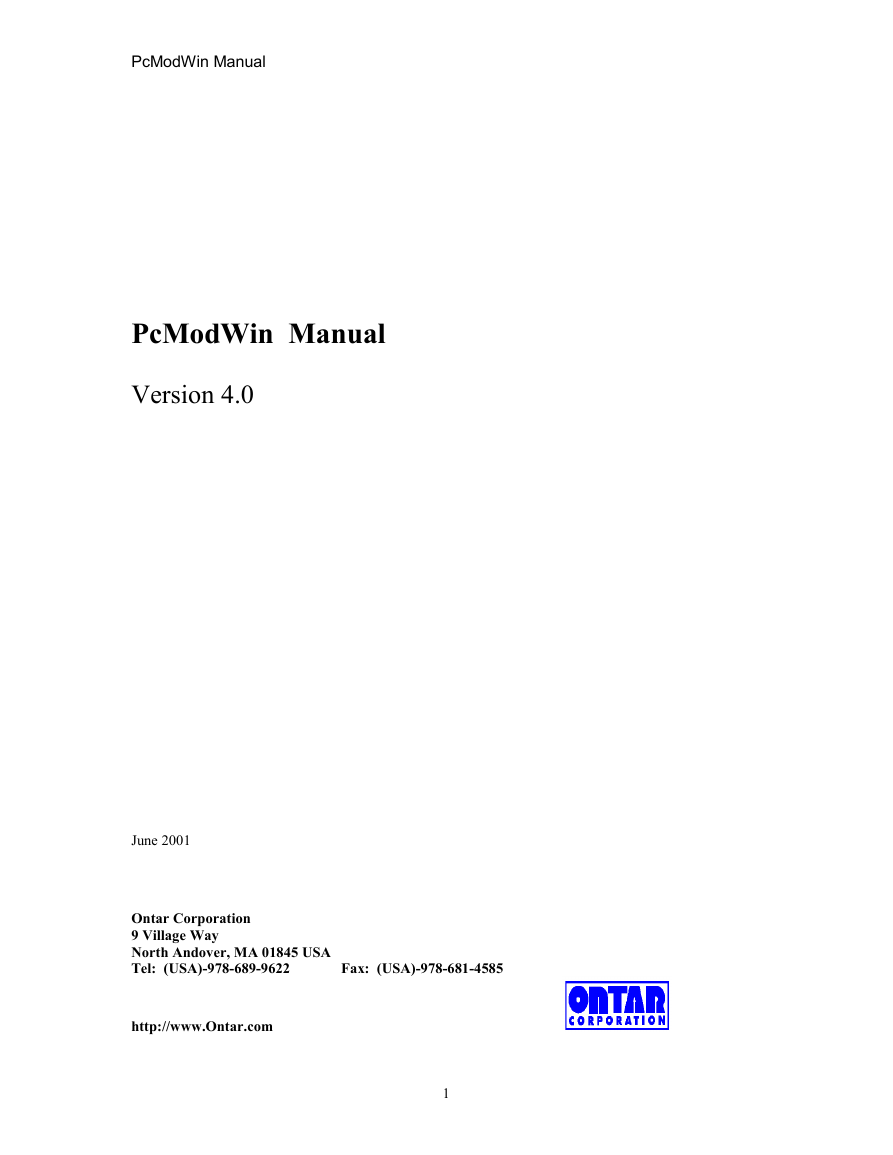
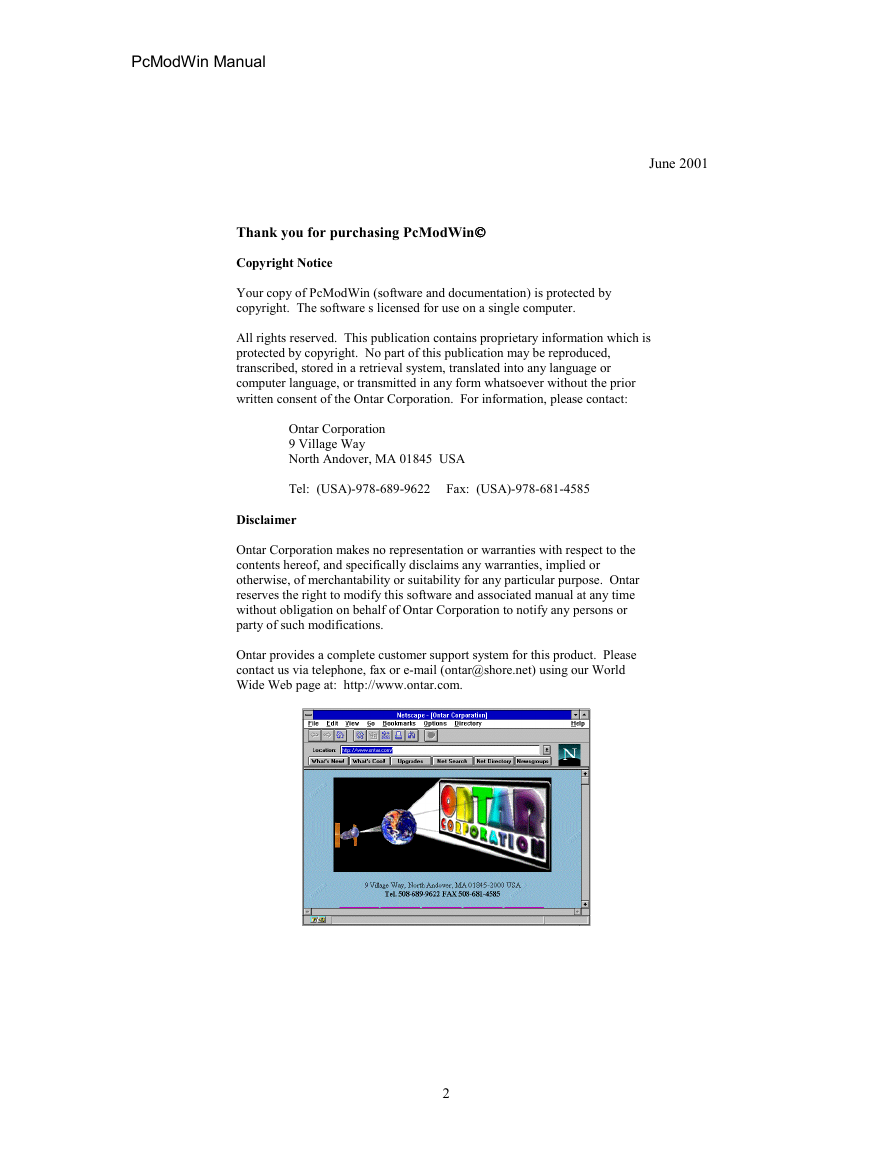
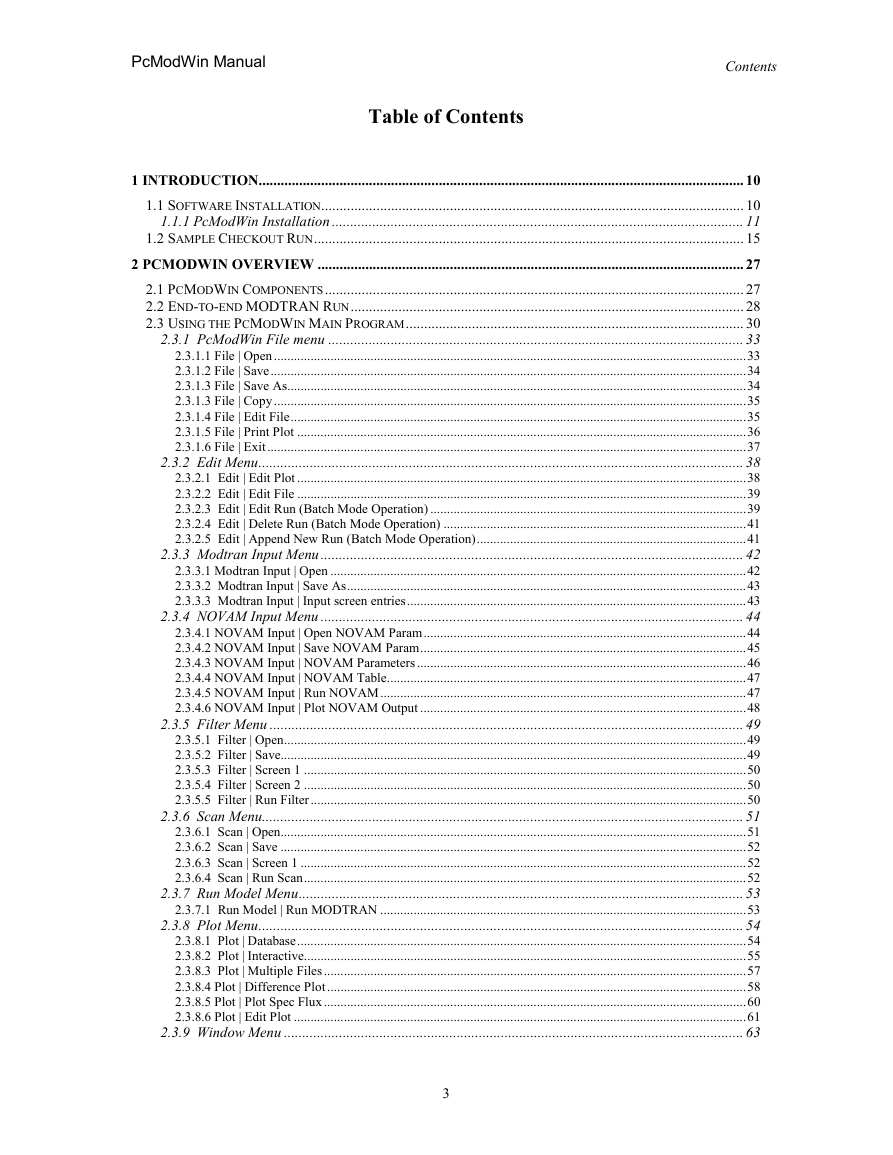
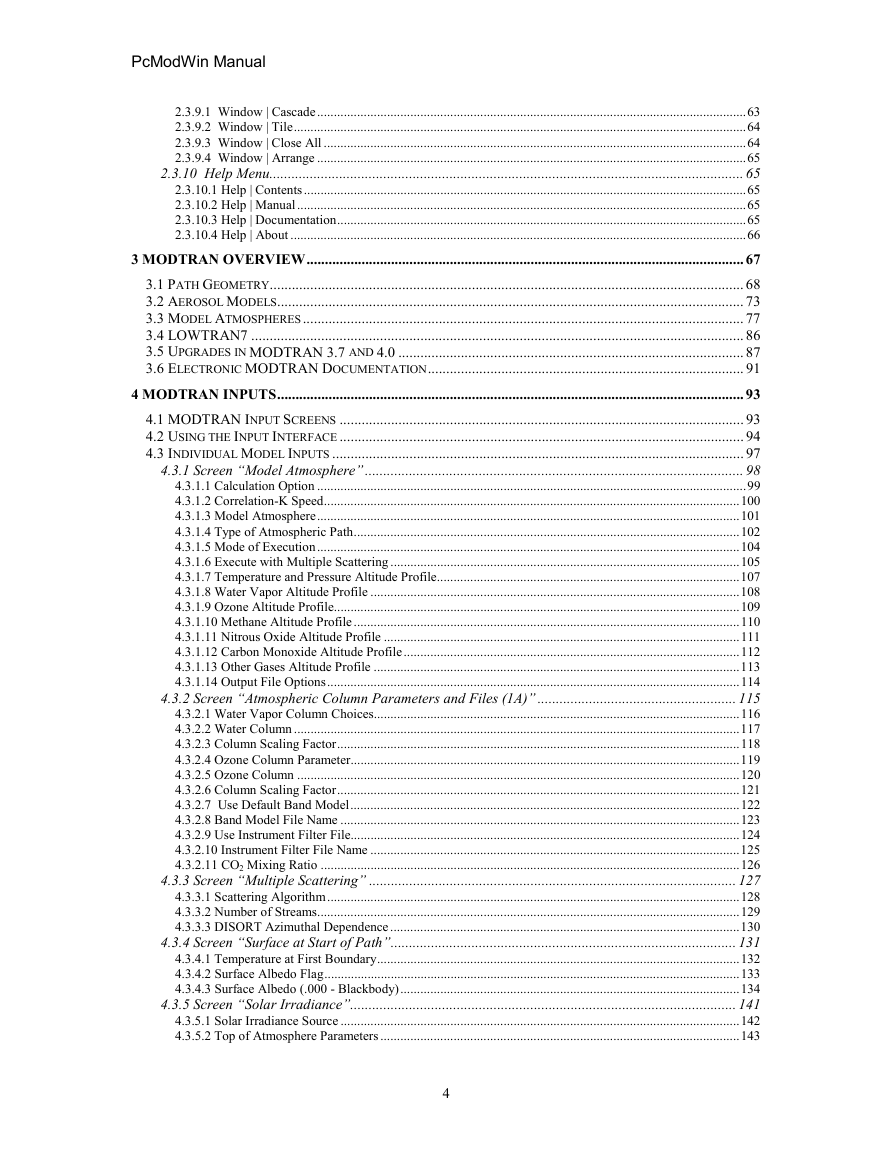
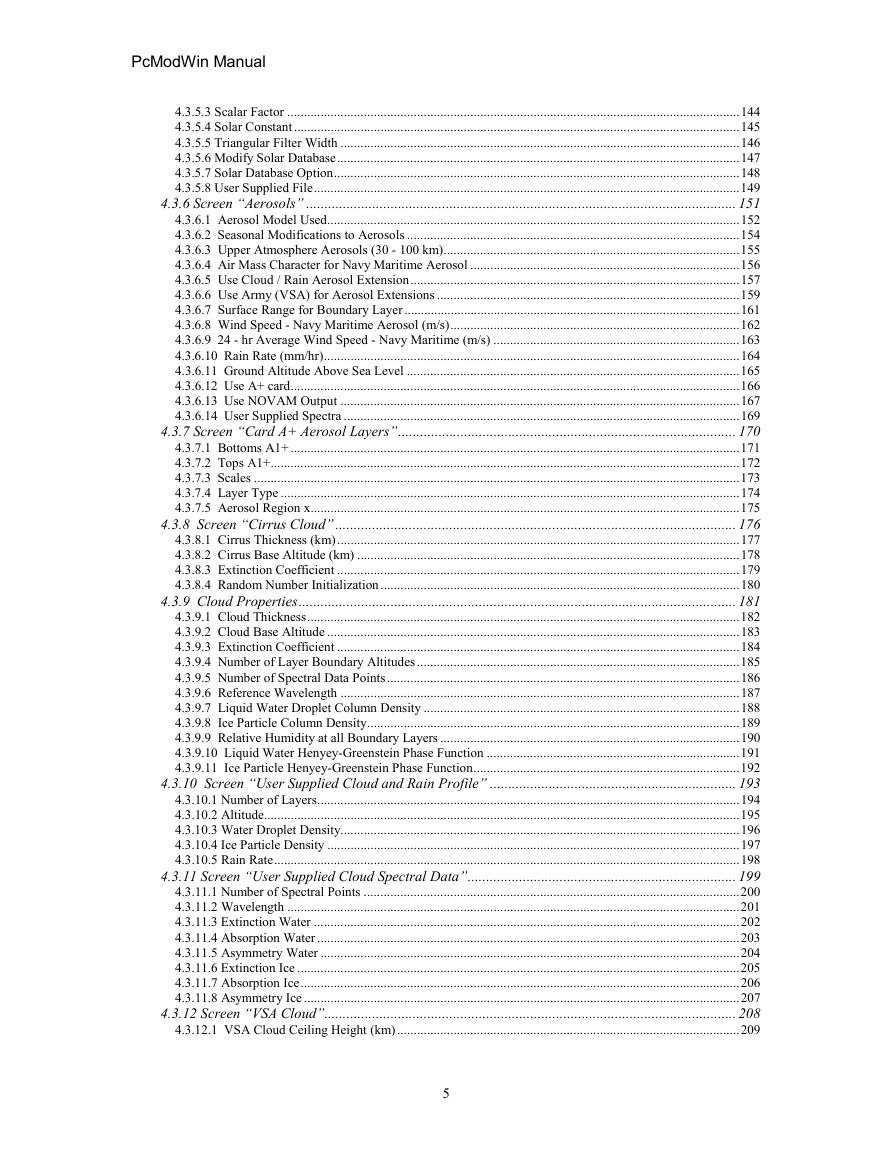
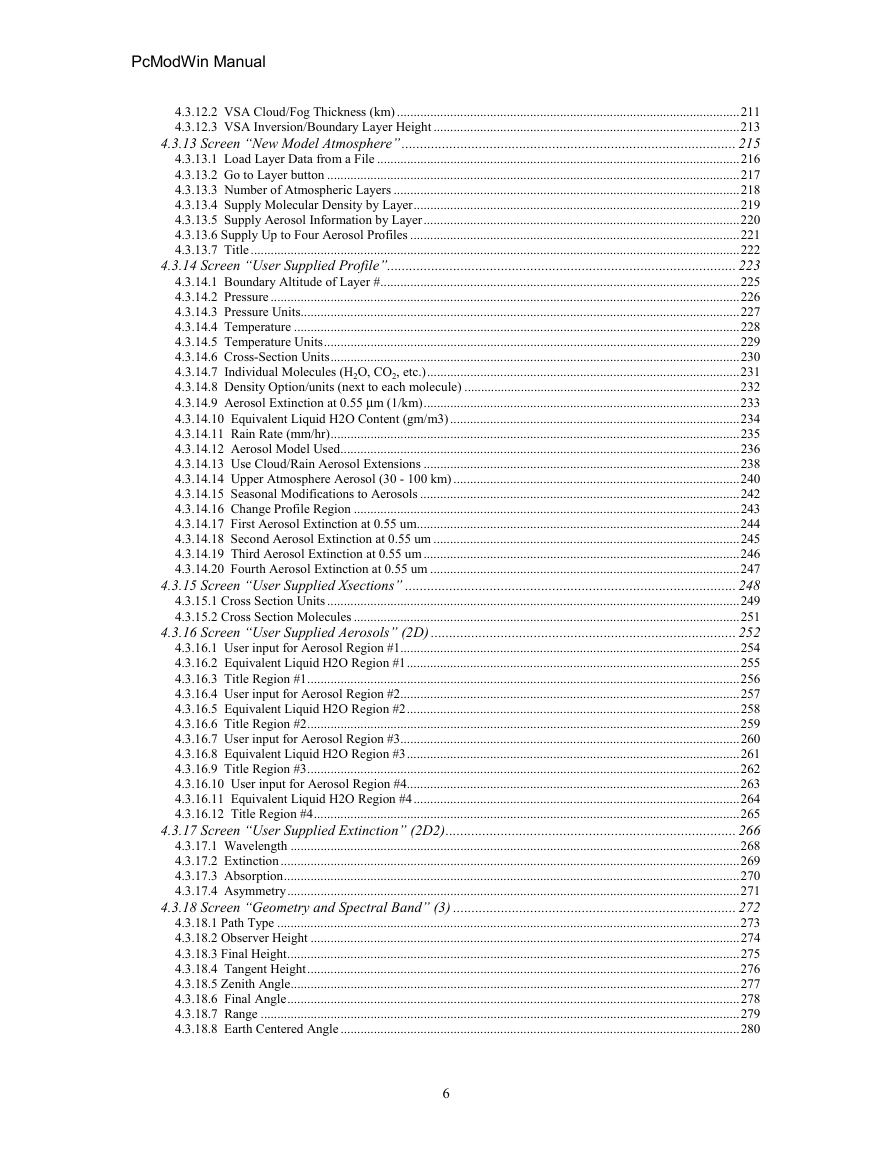

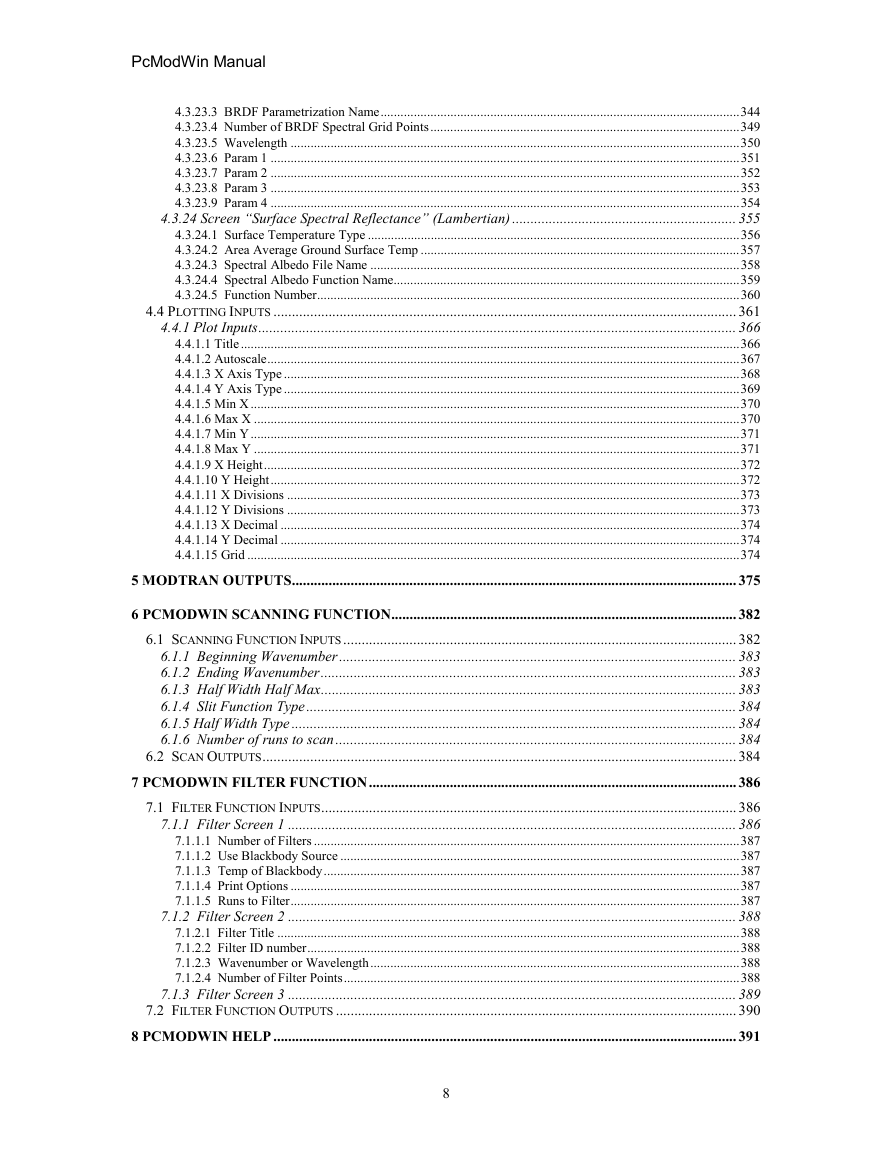








 2023年江西萍乡中考道德与法治真题及答案.doc
2023年江西萍乡中考道德与法治真题及答案.doc 2012年重庆南川中考生物真题及答案.doc
2012年重庆南川中考生物真题及答案.doc 2013年江西师范大学地理学综合及文艺理论基础考研真题.doc
2013年江西师范大学地理学综合及文艺理论基础考研真题.doc 2020年四川甘孜小升初语文真题及答案I卷.doc
2020年四川甘孜小升初语文真题及答案I卷.doc 2020年注册岩土工程师专业基础考试真题及答案.doc
2020年注册岩土工程师专业基础考试真题及答案.doc 2023-2024学年福建省厦门市九年级上学期数学月考试题及答案.doc
2023-2024学年福建省厦门市九年级上学期数学月考试题及答案.doc 2021-2022学年辽宁省沈阳市大东区九年级上学期语文期末试题及答案.doc
2021-2022学年辽宁省沈阳市大东区九年级上学期语文期末试题及答案.doc 2022-2023学年北京东城区初三第一学期物理期末试卷及答案.doc
2022-2023学年北京东城区初三第一学期物理期末试卷及答案.doc 2018上半年江西教师资格初中地理学科知识与教学能力真题及答案.doc
2018上半年江西教师资格初中地理学科知识与教学能力真题及答案.doc 2012年河北国家公务员申论考试真题及答案-省级.doc
2012年河北国家公务员申论考试真题及答案-省级.doc 2020-2021学年江苏省扬州市江都区邵樊片九年级上学期数学第一次质量检测试题及答案.doc
2020-2021学年江苏省扬州市江都区邵樊片九年级上学期数学第一次质量检测试题及答案.doc 2022下半年黑龙江教师资格证中学综合素质真题及答案.doc
2022下半年黑龙江教师资格证中学综合素质真题及答案.doc